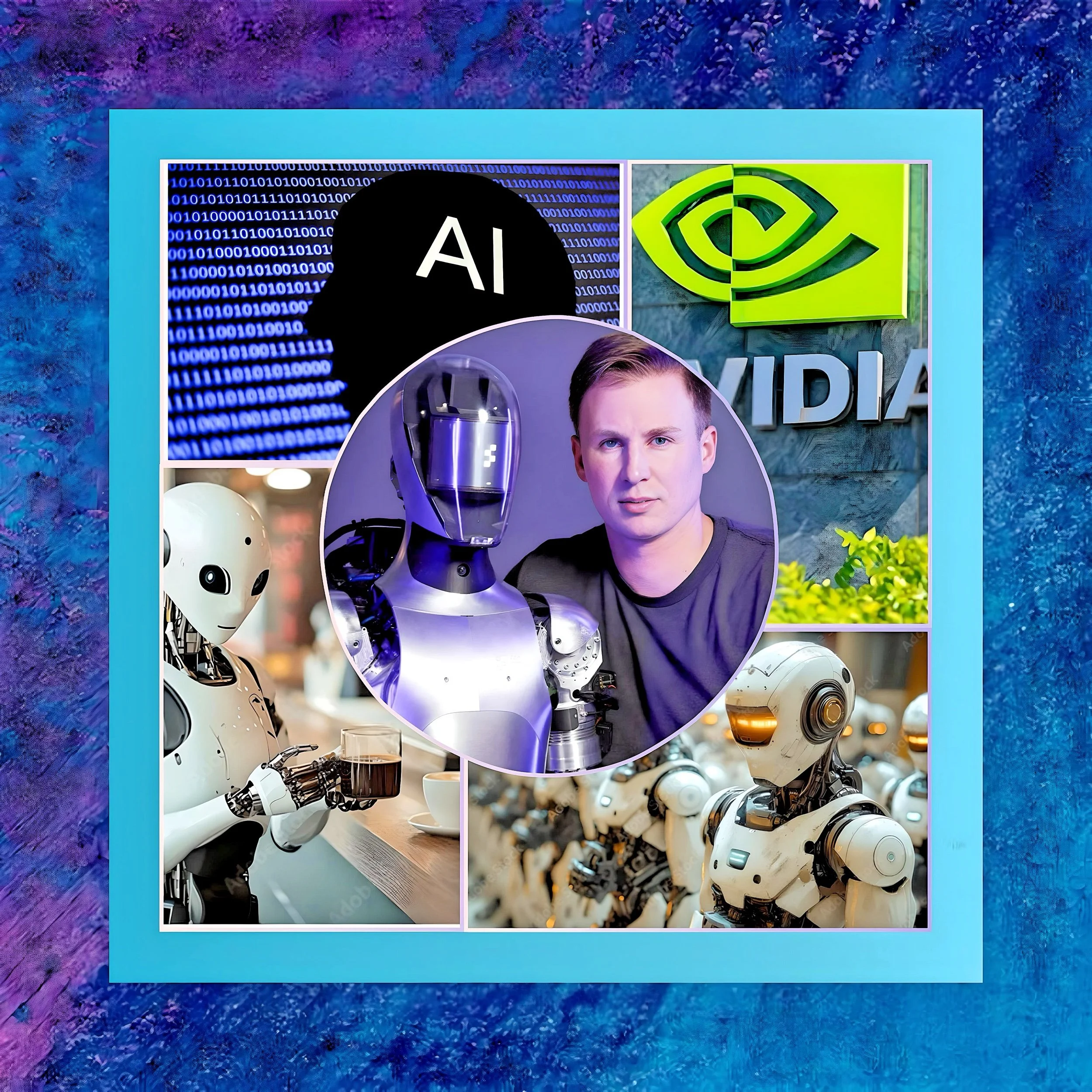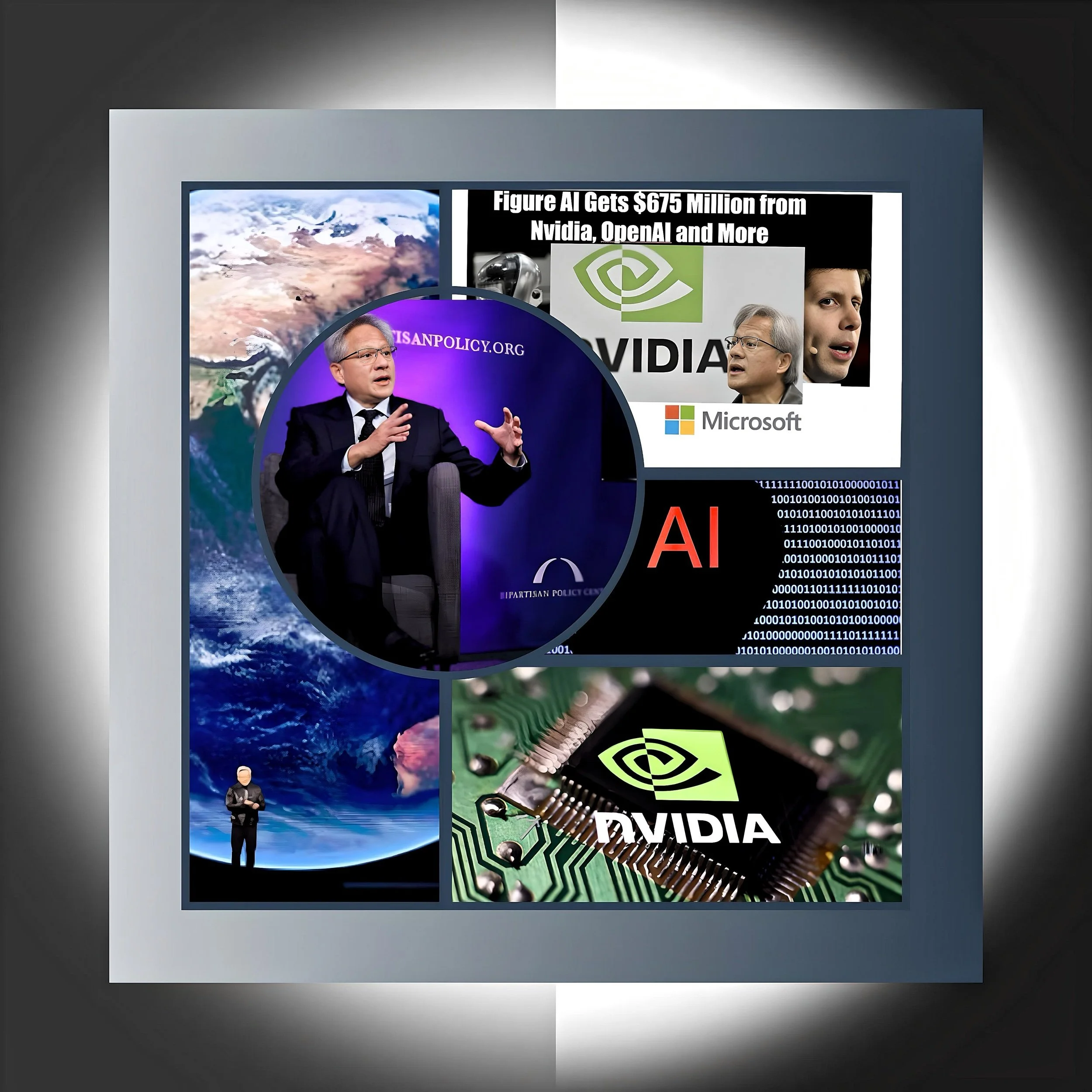4 Humanoid Robot Companies Leading the Way in 2025
Introduction
The humanoid robotics sector has seen accelerated progress in 2025, with Agility Robotics, Boston Dynamics, Figure AI, and Tesla maintaining leadership through technological breakthroughs, commercial deployments, and strategic AI integration.
Let’s review analysis of these pioneers
Agility Robotics (Digit)
2025 Milestones
Scaled Commercial Deployments
Expanded partnerships with GXO Logistics and Amazon for warehouse automation, while Schaeffler AG committed to deploying Digits across its 100 global plants by 2030.
Self-Recharging & Safety Upgrades
Enhanced safety protocols (human detection sensors) and introduced self-recharging capabilities.
Economic Model
Digit now operates at a 2:1 work-to-charge ratio, aiming for 4:1 by late 2025, reducing operational costs to <$3/hour for competitive ROI.
Boston Dynamics (Atlas)
2025 Advancement
Full Autonomy
Transitioned from scripted movements to real-time autonomous task execution, demonstrated in automotive part sorting.
Reinforcement Learning
Partnership
Collaborated with the Robotics & AI Institute to integrate reinforcement learning for dynamic locomotion and manipulation.
Toyota Collaboration
Joint AI research aims to develop general-purpose behaviors for industrial applications.
Figure AI (Figure 02/03)
2025 Breakthroughs
In-House AI Development
Ended OpenAI partnership to launch proprietary AI models, promising “unprecedented” capabilities in voice reasoning and adaptability.
Commercial Scaling
Signed a deal with an unnamed “major U.S. company” (rumored to be a retail giant) to deploy 100,000 robots by 2029, alongside existing BMW trials.
Speed Gains
Figure 02’s walking speed improved to 1.2 m/s (7x faster than 2024’s model), with Figure 03 already in lab testing.
Tesla (Optimus)
2025 Progress
Factory Pilots
Deployed prototypes in Tesla factories for parts sorting and assembly tasks, leveraging FSD AI for real-time decision-making.
Production Targets
Aiming for ~10,000 units in 2025 (internally), with a production line capable of 1,000/month and plans for 100,000/month by 2026.
Cost Goals
Targeting <$20,000/unit at scale, with Musk projecting 100M annual units long-term.
Industry Outlook
These advancements highlight a shift from prototype demos to real-world utility, driven by AI’s role in enabling adaptability.
While Agility and Tesla prioritize logistics/automation, Boston Dynamics and Figure AI focus on AI-generalized tasks.
Conclusion
Challenges remain in cost reduction and human-robot collaboration, but 2025 marks a pivotal year for humanoids transitioning from labs to global supply chains.






